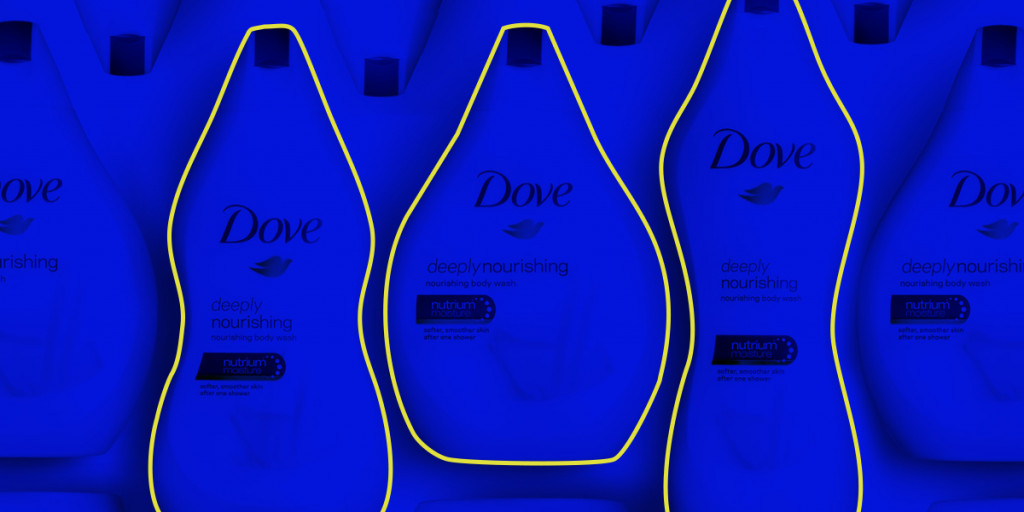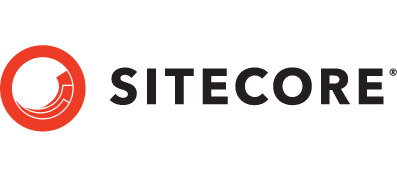Renowned 'Godfather of Effectiveness,' Peter Field claims to have found evidence to support brand purpose as an effectiveness strategy, which has caused much discussion, reaction, and argument over the last week or so at AFFINITY HQ. So what’s the truth? Can we generalise the findings? And how different are they from what we already know?
The New Case for Brand Purpose?
At EffWorks 2021, Field presented a new analysis of the IPA databank of case studies which claimed to demonstrate brand purpose as a significant effectiveness strategy. Brand purpose was defined as "a commitment articulated by a commercial brand or its parent company to goals other than improved profits or products, involving contribution towards one or more positive social impacts in the field of health, the environment, human development, sustainable business practices, or other similar areas."
Field sorted the databank into 47 brand purpose case studies and 333 non-purpose case studies, then analysed them. At first glance, the results didn't look good for brand purpose. The average number of "very large business effects" reported (see footnote for a definition) was much higher for non-purpose case studies.

However, when Field split the brand purpose case studies based on whether the use of the brand purpose was strong or not (defined by whether the case study had achieved at least one "very large business effect"), another pattern emerged. Strong use of brand purpose appeared to out-perform all non-purpose case studies across brand trust, commitment, and fame; all important brand measures. They also performed well at a customer acquisition level.

Convincing Evidence? Not Really
Now, Field admits purists might be annoyed at this analytical trick. And he's right. If you take the best case studies from a particular subset and compare the average results to the rest of the pool, of course the average of the best will be higher.
We can start to see the issues with this approach using an example from the excellent “The Wrong And The Shit Of It” by Harry Guild over at BBH Labs. Guild uses the example of the granny that lived to 100 while smoking and drinking as an example of the dangers of looking at only the best examples in your dataset to take lessons from.

Dorothy Howe, a very impressive outlier
Now, using the same example, suppose we wanted to see whether smoking was an effective life-extending tactic. We might take two groups of people: one who'd smoked all their lives (including Dorothy), and one who hadn't. We'd watch these people and see who, on average, lived longer. When we compare the average length of their lives, we would see that overall, non-smokers survived to older ages.
But what if, in an Aaron Eckhart/Thank You For Smoking-inspired hit of brilliance, we decided to just look at the smokers who live longer? Well, if we split out the people that smoked and lived longer than the average from the group, then compare them to the non-smokers, we would see that on average, our group of smokers have a longer life expectancy. What an astonishing result! And if you were Aaron, you could fiddle with the data to show this was down to the brand they smoked, or the way they smoked (only with a meal, perhaps).

Clearly, this is not reliable reasoning we can learn from.
Brand Purpose Effectiveness Possible? Yes. Advisable? Maybe Not
In fairness, maybe the point of Field's presentation was not to prove brand purpose works above all other strategies, but to prove that brand purpose can work just as well as other strategies. For that goal, this analysis might work. But we can't forget, like Guild points out, that we're looking at the IPAs – the best of the best of marketing case studies. And we're taking a sample of less than 10% of what is already the best of the best. Making conclusions based on just these 27 campaigns feels dangerous.
The Keys to Effective Brand Purpose
Field uses four criteria to define what effective use of brand purpose looks like. They are:

But these look awfully similar to the rules for good marketing.
Having Physical and Mental Availability for your brand is essential, according to Byron Sharp's How Brands Grow, as is aiming for penetration growth within your target market. And Mass Appeal, framed another way, is just making sure what you talk about is relevant to the people you're talking to, which is a defining element of any good creative.
So have we really discovered anything with this analysis? Well, it looks like following good marketing principles gives your campaign the best chance of success. Do these, and the rest will follow.
A footnote on very large business effects
A basket of six business metrics scored in IPA case studies; sales, market share, new customer acquisition, customer loyalty, pricing power, and profit. Field is referring only to ‘very large’ improvements to these based on a four-point scale of improvement nominated by the case study authors
Want to understand where and when to use brand purpose to drive business outcomes? We're always available at hello@affinity.ad to talk further.


















